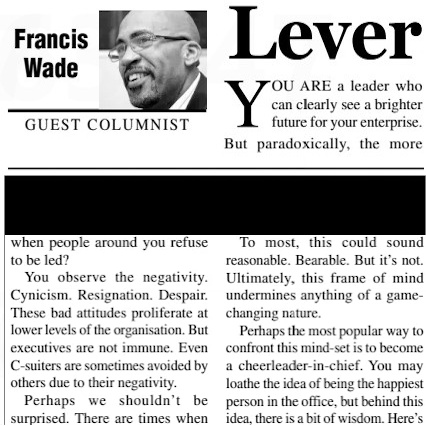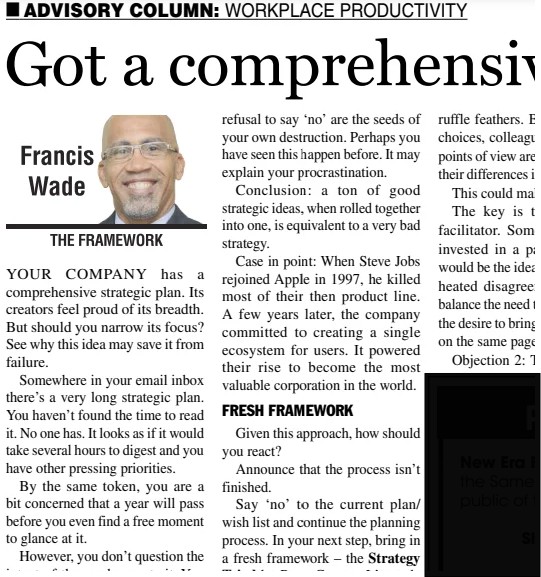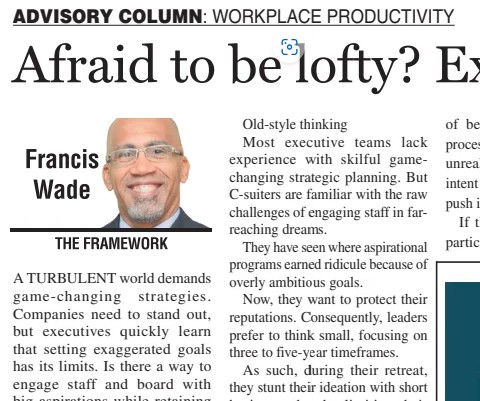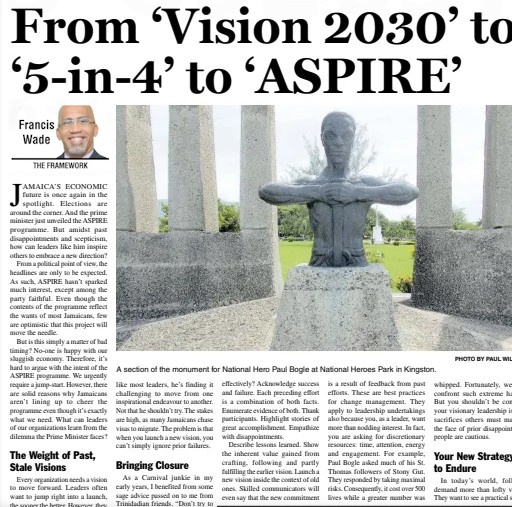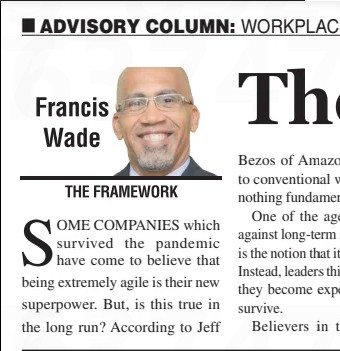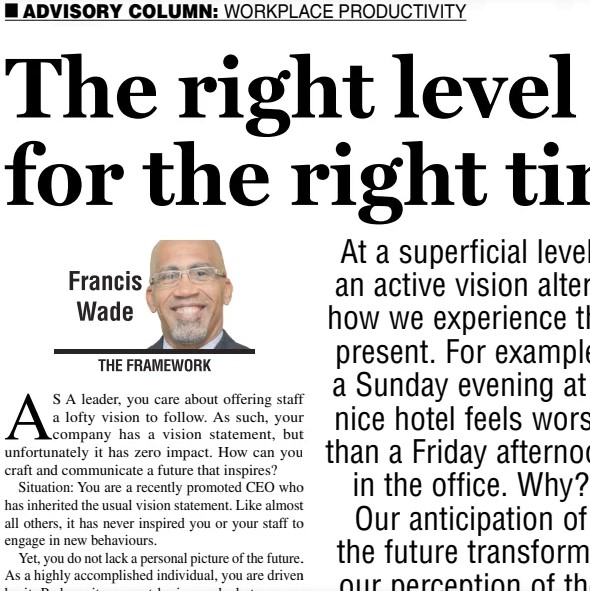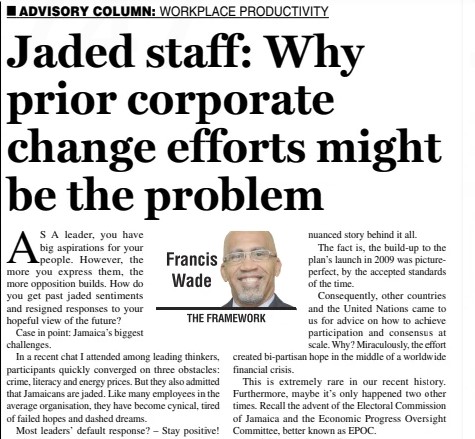As a leader, you have a clear vision of a brighter future for your enterprise. Yet, paradoxically, the more enthusiastic you become, the more resistance you encounter. How do you lead effectively when those around you refuse to be led?
You notice negativity—cynicism, resignation, despair—permeating different levels of the organization. It’s not just an issue at the lower levels; even executives in the C-suite can fall into this trap. In some cases, their negativity makes them unapproachable.
Perhaps this shouldn’t be surprising. Even when a project promises benefits for all, resistance still arises.
The Hidden Roots of Resistance
A striking example comes from Dr. Dana Meadows, who led a 1993 workshop on ending global hunger. The attendees, all committed to the cause, surprisingly resisted discussions on vision.
Some argued that talking about vision was futile. Others believed it was dangerous. A few went so far as to say that confronting their deepest hopes for the planet was too painful because it highlighted the vast gap between dreams and reality.
Meadows was astonished. Something deeper was at play.
She concluded that as children, we freely dream of happy futures. However, over time, cynical adults suppress this ability. Many learn to surrender after repeated disappointments.
By adulthood, this pattern becomes ingrained. We withhold our hopes, dreams, and aspirations, fearing further disappointment.
In organizations, this mindset creates a reinforcing cycle of cynicism. Eventually, visionary thinking is stifled altogether.
The Leadership Dilemma
How should you, as a leader, respond? Your instinct might be to push forward with urgency: “Let’s just get on with it.” Or you might try to keep things practical: “Don’t overthink this.” You may even remind employees of the importance of financial stability.
At first glance, this seems reasonable. But in reality, this mindset undermines game-changing innovation.
One common leadership response is to become the “Cheerleader-in-Chief.” If that role doesn’t appeal to you, there’s a more effective way to achieve a positive outcome—without forced enthusiasm.
A Reality-Based Vision Strategy
Recently, two clients challenged me to refine how I help companies develop long-term vision and strategy. Each wanted a method to engage their top 40+ managers before formal strategy sessions.
I reflected on my time as a McKinsey consultant, where my team—young, highly educated, and expensive—was brought in to provide external expertise. We justified our fees by working late nights and accessing hard-to-find knowledge worldwide.
Today, however, the knowledge gap has narrowed. Many companies have in-house MBAs from the same institutions as top consulting firms.
With this in mind, I designed a workshop to tackle the company’s toughest issues, identified through surveys, interviews, and focus groups. These issues were reframed as challenges for teams to solve. Using data from internal sources, the Jamaica Gleaner, ChatGPT, and other references, employees applied structured frameworks, similar to those used by consulting firms. The result? A set of real-time reports with actionable insights.
Insider Advantage
How did these teams perform?
Having worked on both sides of the consulting table, I can confidently say that insiders have a distinct advantage. Their reasoning is superior because they account for resistance from within the company.
After all, they work with these resistant colleagues daily. Their solutions are more practical and more likely to be implemented successfully. But this is just one way to navigate organizational cynicism.
Building Resilience from Within
Most organizations neglect the need to cultivate internal resilience. Employees are left to deal with their own struggles—depression, frustration, bitterness—without structured support.
This lack of mental health training leaves individuals vulnerable. Even those who believe in the company’s vision can become disillusioned, trapped in a cycle of negativity.
Yet, solutions exist. Therapy, coaching, group training, self-help, and personal development programs offer ways to strengthen resilience. These are not abstract or unsolvable issues. Companies can—and should—take deliberate action.
Turning Resistance into Commitment
In today’s world, leaders don’t need to surrender to cynicism. By acknowledging resistance and equipping employees with the right tools, organizations can transform hesitation into commitment. A thoughtful, reality-based approach to vision and resilience-building paves the way for sustainable success.
Interested in long-form content on these topics? Join my podcast/newsletter page – https://longtermstrategy.info

